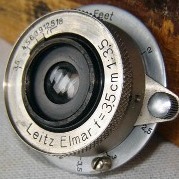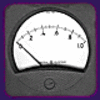Given the speculation about future M8 upgrades
-
Recently Browsing 0 members
- No registered users viewing this page.
-
Similar Content
-
- 5 replies
- 423 views
-
- 68 replies
- 4,897 views
-
- 27 replies
- 2,880 views
-
Upgrade from MP 240? 1 2 3
By Enbee,
- 44 replies
- 2,654 views
-
- 2 replies
- 429 views
-




Recommended Posts
Join the conversation
You can post now and register later. If you have an account, sign in now to post with your account.
Note: Your post will require moderator approval before it will be visible.